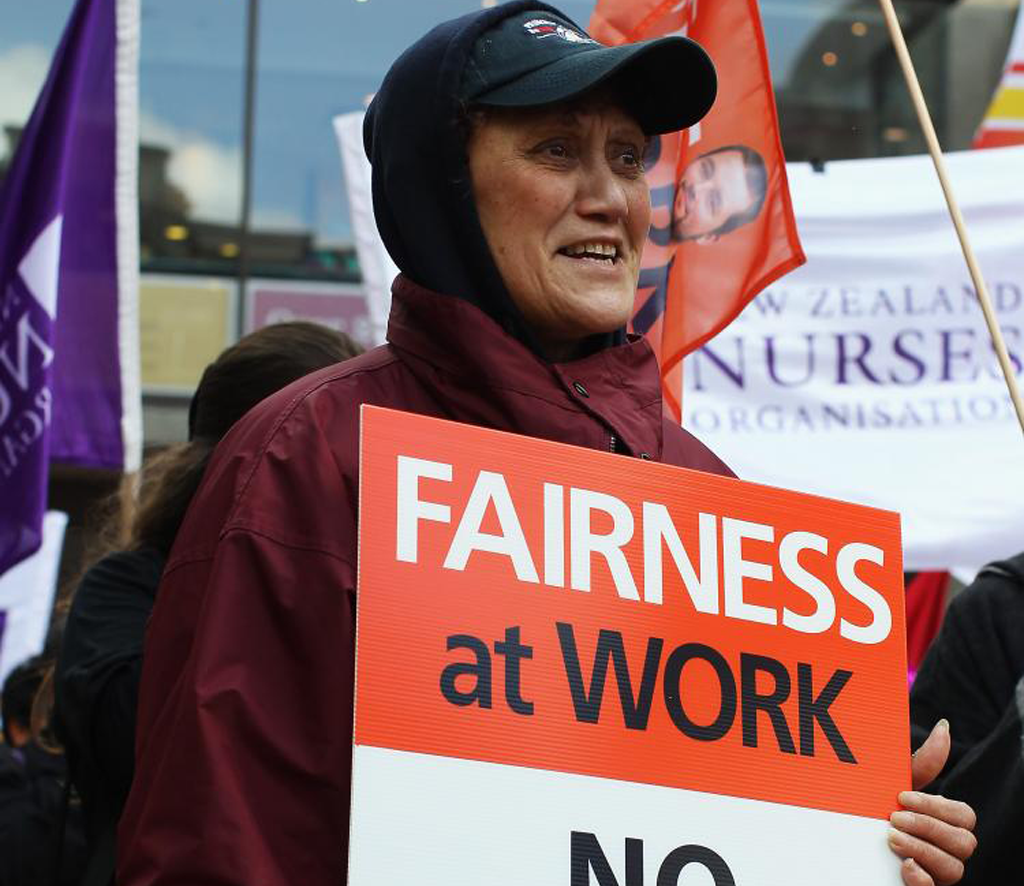/4136760-article-what-is-maslows-hierarchy-of-needs-5a97179aeb97de003668392e.png)
Maslow’s need priority model is one of the most widely referred to theories of motivation. Abraham Maslow, a clinical psychologist, thought (1943) that a person’s motivational needs could be arranged in a hierarchical manner, starting in an ascending order from the lowest to the highest needs and concluded that once a given level of needs (set of needs) was satisfied, if ceased to be a motivator. The next higher level of need to be motivated in order to motivate the individual. Although the hierarchical aspects of Maslow’s theory are subject to question and often not accepted, his identification of basic needs has been fairly popular.
The five categories of needs may be described as follows:
1. Physiological NeedsThese are the basic needs for sustaining human life itself: needs for food, drink, shelter, clothing, sleep, sex etc. Man can live on bread alone, if there is no bread. But once these basic needs are satisfied, they no longer motivate.
2. Safety NeedsSafety or securing needs are concerned with freedom from physical or psychological (mental) harm, danger, deprivation or threat, such as loss of jobs, property, food, clothing or shelter.
3. Social Or Affiliation Or Acceptance NeedsThese are belongingness needs emanating from human instinct of affiliation or association with others. These include owners, love and affection, needs of mutual relations, identification with some group etc. These are the needs more of mind and spirit than of physique.
4. Esteem NeedsThis set of needs represents higher level needs. These needs represent needs for self-respect, respect of others a general feeling of being worthwhile, competence, achievement, knowledge, independence, reputation, status and recognition.
5. Self-Actualization NeedsThis set of higher order needs concerns with reaching one’s potential as a total human being. It is the desire to become what one is capable of becoming, i.e. to maximum one’s capacity and abilities in order to accomplish something appreciable and self-fulfilling. It is a need for being creative or innovative, for transforming self into reality






